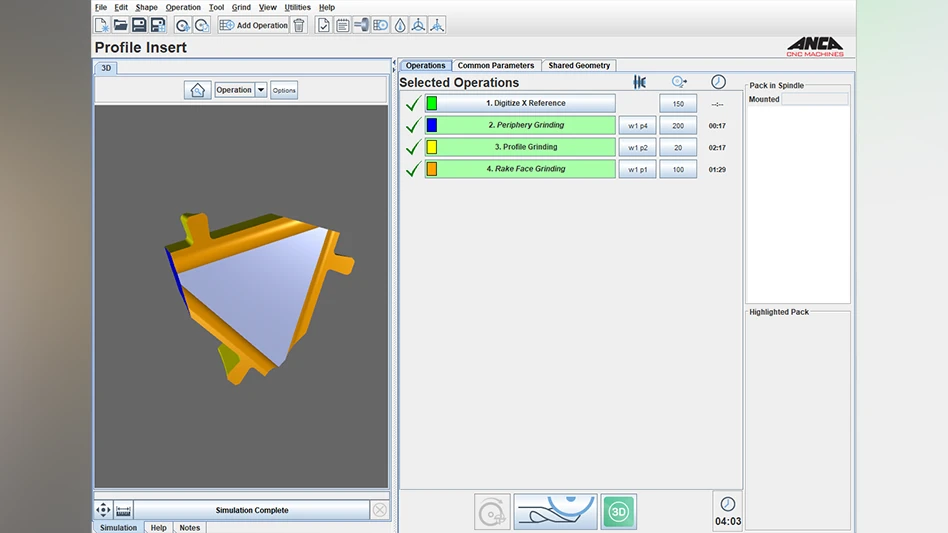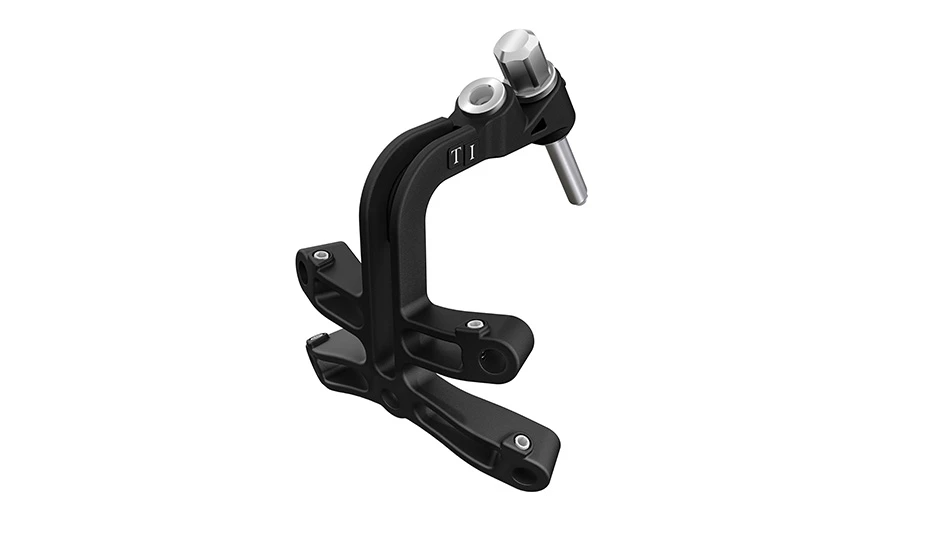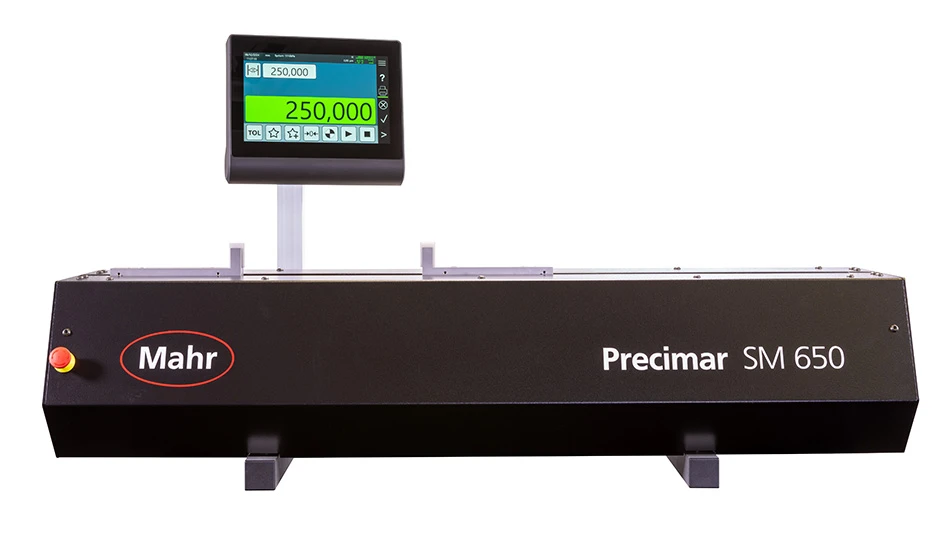Most medical device companies have not progressed very far toward adopting Total Product Lifecycle (TPLC) Management practices. The U.S. Food and Drug Administration is promoting TPLC as a key initiative to speed time-to-market, improve quality and safety, and to lower the cost of medical devices. This was one of the findings of a major study of 212 medical device practitioners released today by the Life Science advisory firm Axendia and research analyst Cambashi, in conjunction with FDAnews.
The full findings of the survey were made public today in a new report entitled, "Total Product Lifecycle Management: Lowering Costs while Increasing Quality." The report can be accessed at www.fdanews.com/total-product-lifecycle-management. The report is the second annual study for the medical device industry, and includes extensive data and recommendations medical device companies can use to reduce costs and improve quality by moving toward a more predictive and concurrent approach to managing the TPLC.
The key findings of the research indicate that despite a total product lifecycle (TPLC) initiative by more than half of respondents, most device companies have not shifted processes and systems to a TPLC approach. TPLC would enable firms to concurrently drive progress and manage all information from the concept and design of a product's lifecycle through commercialization and ongoing safety monitoring. The research found that the majority of medical device firms are still using serial design models, such as stage gate and waterfall.
Moreover, the study found that companies that have adopted TPLC, quality by design, and voice-of-the-customer initiatives are far more likely to have improved their cost of quality and performance to other key metrics than those who have not yet adopted TPLC.
According to the research findings, the majority of medical device companies don't yet use software applications to support their shift to TPLC methodologies. The two exceptions are ERP for business transaction management and EDMS (electronic document management systems) as a vault for regulatory, product, and other documents. Although larger organizations are far more likely to use software than smaller ones, even among those with revenues in excess of $1B, one in four does not currently use QMS (quality management systems), MES (manufacturing execution systems), BI (business intelligence) or PLM (product lifecycle management).
Quality processes are often disjointed, which is understandable without coherent practrices and applications to manage the information. For example, 'operator training' and 'update standard operating procedures' are the two actions medical device companies most regularly assign to close out a CAPA (corrective and preventative action), yet these actions rarely eliminate the root causes of the problem, which are more likely to be process or product design issues. The study findings show that quality analysis is also difficult. Over 50% of respondents believe that their companies are not able to conduct a thorough review of how raw materials, components or subassemblies, suppliers, product design changes, process changes, CAPA results, or risk profiles impact processes or product quality.
As a result, many medical device companies are not able to eliminate key quality problems and costs. On average, only 20 % of respondents reported a decrease in engineering changes, CAPAs, non-conformances, audit observations and findings, and adverse events, while only 30% reported declining product costs and recalls. In addition, most companies have not seen improvements in time to complete a recall, cost of regulatory action due to poor quality, reportable adverse events, customer reject rate, time to market, or new product introduction times.
The report recommends that companies leverage improved multi-department coordination and collaboration to improve product quality, reduce cost and boost overall business success. For all except the smallest medical device organizations, this will require using appropriate software applications that enhance visibility, data access, analysis and process improvement. Companies can also leverage integrated information systems to attain a single version of the truth, thereby minimizing regulatory burdens.
The research is co-sponsored by major solution providers to the Medical Device industry. These companies and the three research team companies will be distributing the report. Research Sponsors for the study are: enterprise manufacturing and quality software provider, Camstar Systems (www.camstar.com ); product lifecycle management (PLM) software provider, Dassault Systèmes Enovia (www.3ds.com); Dassault's medical device industry PLM partner Integware, (www.integware.com); management and technology consulting firm, PricewaterhouseCoopers LLP Pharmaceutical and Life Sciences Industry Group (www.pwc.com/pharma); and product lifecycle management (PLM) and quality management systems (WMS) software provider, PTC (www.ptc.com).
About Axendia
Axendia is a leading analyst and strategic advisory firm focused on the Life-Sciences and Healthcare markets. We provide trusted advice to Life-Science Executives on Business, Regulatory and Technology issues. Axendia professionals offer a unique combination of deep hands-on industry experience coupled with strategic vision. Axendia serves the complete Life-Science Eco-System including Life-Science Organizations, Technology & Service Providers and the Investment community. Our clients range from startups to Fortune 100. We contribute to our client's success by providing long-range visibility and helping them navigate the ever-changing landscape in the Life-Sciences and Healthcare markets. For more information, visit www.axendia.com. To stay informed on Industry trends, read Axendia's Life-Science Panorama, a Journal for Industry Executives, at http://lsp.axendia.com.
About Cambashi
Cambashi, based in Cambridge UK and Cummaquid MA USA, provides independent research and analysis of the business reasons to use IT in industry worldwide. It specializes in engineering, enterprise, plant and supply chain applications and the infrastructure to enable industrial firms to use IT effectively. Cambashi publishes market size estimates in the engineering applications Market Observatory and industry issue research studies in the Cambashi Reports Industry Directions series. Cambashi is a member of CATN, an international association of consultants. To learn more, visit: www.cambashi.com.
About FDAnews
FDAnews publishes domestic and international regulatory, legislative and business news and information for executives in industries regulated by the U.S. Food and Drug Administration. Pharmaceutical and medical device professionals rely on FDAnews' print and electronic newsletters, books, management reports and conferences to stay in compliance with international standards and FDA's complex and ever-changing regulations to get their products to market faster and boost profits. FDAnews brings you the knowledge you need, when you need it. To learn more, visit: www.fdanews.com.
Latest from Today's Medical Developments
- Arcline to sell Medical Manufacturing Technologies to Perimeter Solutions
- Decline in German machine tool orders bottoming out
- Analysis, trends, and forecasts for the future of additive manufacturing
- BlueForge Alliance Webinar Series Part III: Integrate Nationally, Catalyze Locally
- Robot orders accelerate in Q3
- Pro Shrink TubeChiller makes shrink-fit tool holding safer, easier
- Revolutionizing biocompatibility: The role of amnion in next-generation medical devices
- #56 Lunch + Learn Podcast with Techman Robot + AMET Inc.





